










Geometric Modeling
CS116b/CS216
Chris Pollett
Apr 21, 2014











CS116b/CS216
Chris Pollett
Apr 21, 2014
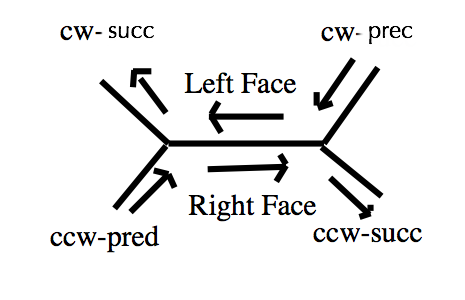
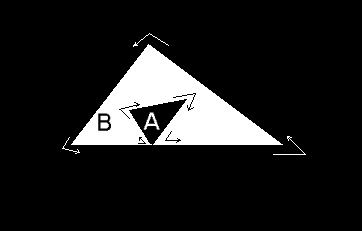
We only need one circular list for the edges of a face because we can do tricks like in the above picture (from Wikipedia).
Here are some example data structures for Winged-edge representation from Wikipedia:
class WE_Edge {
WE_Vertex vert1, vert2;
WE_Face aFace, bFace;
WE_Edge aPrev, aNext, bPrev, bNext; // clockwise ordering
WE_EdgeDataObject data;
}
class WE_Vertex {
List<WE_Edge> edges;
WE_VertexDataObject data;
}
class WE_Face {
List<WE_Edge> edges;
WE_FaceDataObject data;
}
Which of the following statements is true?
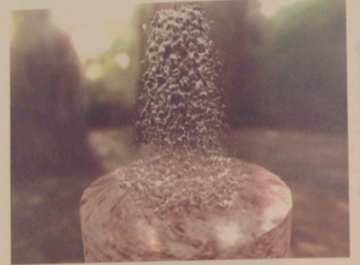
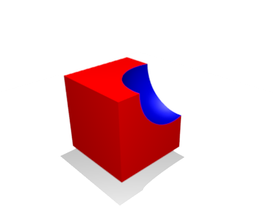
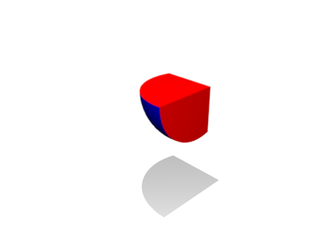
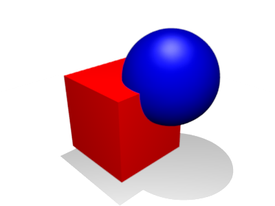
Facts (we won't prove).
(1) The regularized set operations take r-sets to r-sets. Furthermore, there are algorithms to perform these operations.
(2) The class of regular semialgebraic or semianalytic sets is closed under the regularized set operations.
Agoston (a common book for CS216) gives references into the literature for the proofs of these statements. Of the two statements, (1) is the most useful from a computer graphics point of view. The algorithms mentioned above probably need some caveats. These algorithms assume that for each of the input r-sets `X` and `Y` we have a procedure which can decide given a point `x` whether `x` is inside, outside or on the boundary of `X` (resp. Y). This is for instance certainly doable for polynomially defined generic half-spaces. Given such input procedures for `X` and `Y` we build a procedure for the given r-set operation. i.e., for `X \cup^\star Y` we would combine the procedure of `X` and `Y` to be able to say when something is `x` is inside, outside or on the boundary of `X \cup^\star Y`.
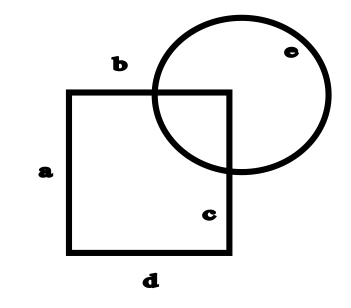
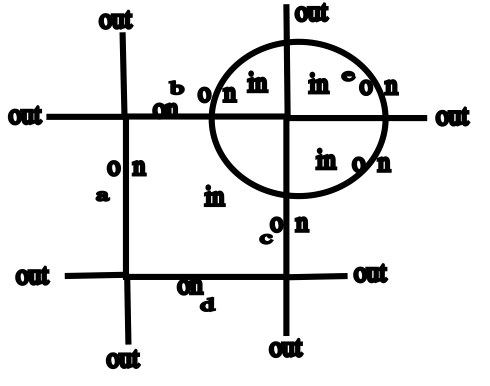
| Y in | Y on | Y out | |
|---|---|---|---|
| X in | in | on | out |
| X on | on | on/out | out |
| X out | out | out | out |